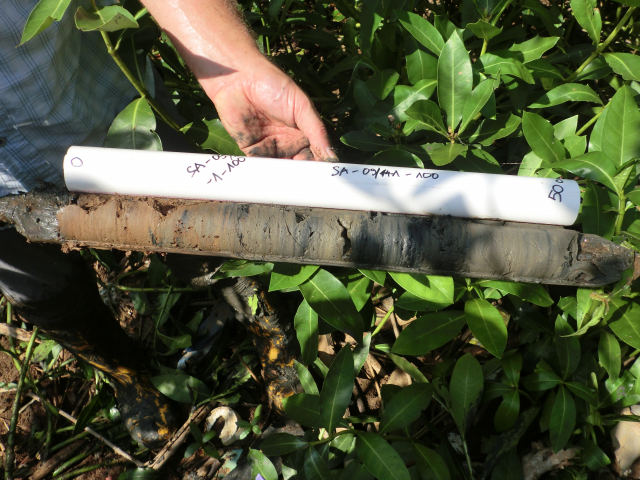Summary
In order to achieve the climate protection goals, measures to reduce CO2 emissions are necessary above all. In addition, natural carbon sinks can contribute to CO2 removal from the atmosphere and its long-term storage. So-called "blue carbon" ecosystems, essentially mangrove forests, tidal marshes and seagrass beds, are particularly efficient in this respect. The ClimProCoast consortium therefore aims to analyze the current role of 'blue carbon' in the global climate target architecture and to assess the opportunities and risks of different financing instruments.
Project goals
- Analysis of the current role of blue carbon in the global climate architecture (negotiations and NDCs),
- Analysis of opportunities and risks of different financing instruments for Blue Carbon measures, especially market-based approaches,
- Analysis of the current coverage of oceans and coastal areas in greenhouse gas accounting under international and European regulations and discussion of a potential extension of this accounting,
- Provide a basis for developing new and evaluating existing climate change mitigation measures in marine and coastal nature-based solutions.





